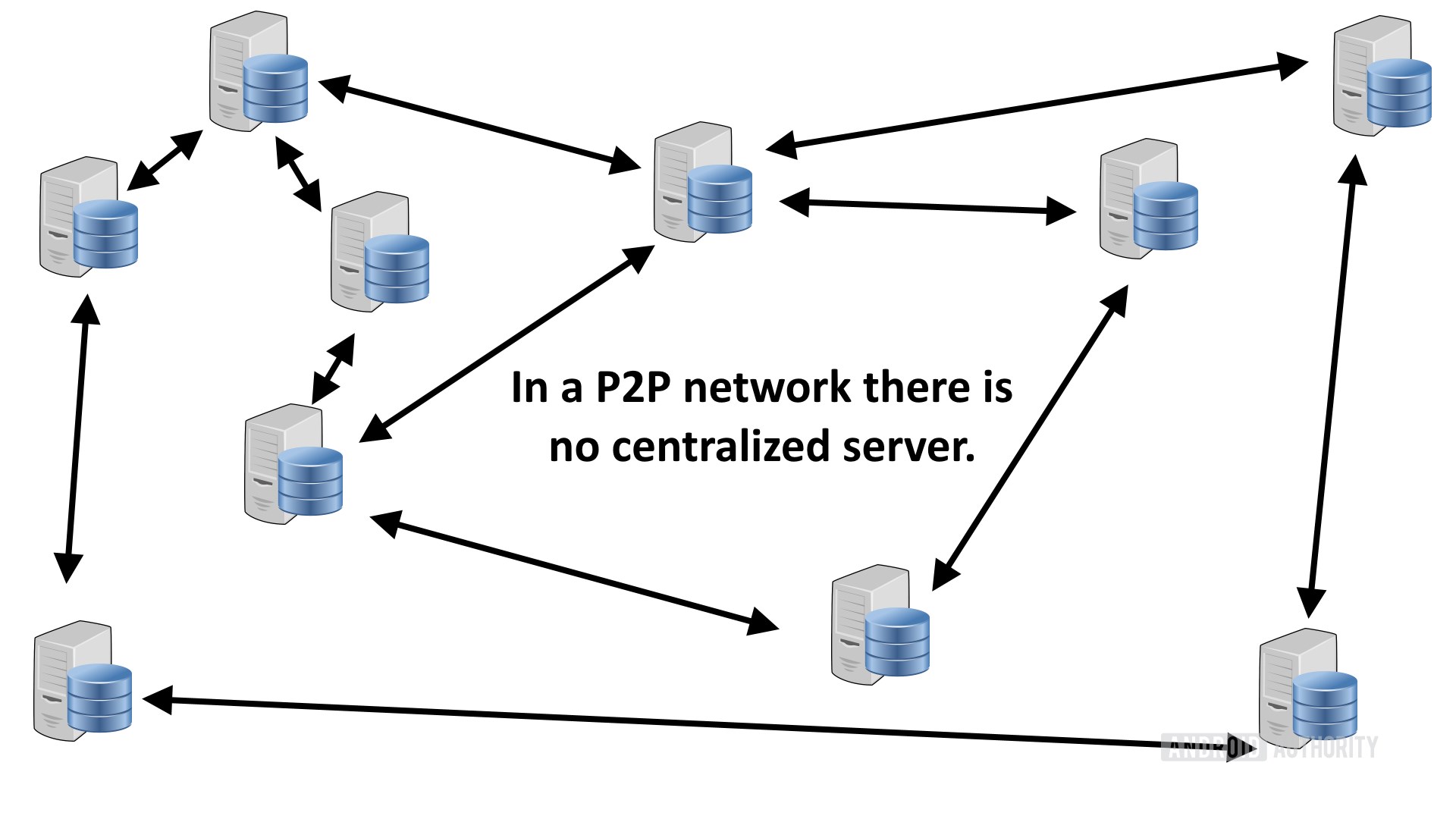Affiliate links on Android Authority may earn us a commission. Learn more.
Seed, leech, peer, and other torrenting terms explained

Downloading files via torrenting will introduce you to some interesting terminology. From all the talk of leeches, seeds, and swarms, you would think you were in a grassy meadow in springtime instead of downloading huge files over the internet. It’s hard to even ask for help with a complex new environment like BitTorrent if you are not conversant in the relevant jargon.
If you’re thinking of dipping your toe in the BitTorrent pool, it will serve you well to learn some of these terms before you begin. Here is our mini-glossary of torrenting terms to get you up to speed.
Torrenting: What is a Leech?

In the torrenting world, a user who is currently downloading a file but has not downloaded enough of it yet to begin sharing with others is a leech. Leeching is an essential part of torrenting, and there is nothing wrong with it, despite the unsavory word. A slightly different term, however — leecher — is a label you’d like to avoid. Here’s why: Once you have downloaded a file, you are expected to allow your computer to be used as a source for others to download it. You do this by leaving your BitTorrent client running. Users who download from others but do not reciprocate are considered inconsiderate and are known as leechers.
How does leeching work?
When you start downloading a file you will start out as a leecher, as there will be a period in which you don’t have enough of the file to be a seeder. Those who intend to only leech will do things to avoid others receiving the file from them. These might include disabling uploads on their BitTorrent client, moving downloaded files from the torrent location on their computer once the download is complete, or closing the BitTorrent client when not using it for downloads.
What is a torrent “Seed”?
A user who has downloaded a file and is letting others download it from them as well is a seed. You do not have to have downloaded the whole file in order to share it with other users. So it is common when torrenting files that are both large and sought-after to seed and leech simultaneously. A seed is the opposite of a leecher.
How does seeding work?
Once you have enough of the file to become a seeder for it, you will usually become a seeder by default. You will notice that some of your bandwidth will be consumed by uploads at times as other users download the file from you.
You can be a good seeder by maintaining a fast internet connection, keeping the files in the directory that allows others to download them, and keeping your BitTorrent client open as much as possible.
Peer
A peer is a BitTorrent user who has part but not all of the file they want and is participating in a swarm to complete the download. Once a peer downloads enough of the file, they can begin sharing the parts they have with others while still downloading the remaining portion of the file. Users are called peers because none of them have more authority on the network than the others.
Tracker

A tracker is a server that tracks the files residing on each computer that is on the BitTorrent network at the time. They also keep track of where on each computer they live. There are public trackers and invitation-only private trackers. Your BitTorrent client connects with a tracker to find copies of the file corresponding to the torrent file you opened. Once the peer-to-peer connection is made, connection to the tracker is unnecessary, though the tracker may monitor some of your downloads in order to provide network speed statistics. Recent developments in distributed hash tables may make trackers unnecessary in the future.
Proxy
A proxy is a server that lives between your computer and the BitTorrent network, disguising your IP address from other peers. There are paid proxy services that protect your identity by not keeping logs of your activity. There are also free proxy services online, but they may sell your data, which defeats the purpose of a proxy. Once you have a proxy service, you turn it on in your BitTorrent client’s settings and then torrent anonymously. Using a proxy server can provide similar protection to a VPN.
Client
A client is a program that can open torrent files and facilitate the download of the corresponding content to your computer. uTorrent is by far the most popular BitTorrent client, with about ten times the share of BitTorrent users of its nearest competitor. Your BitTorrent client organizes the pieces of files you download from various other users in the swarm. Then it reassembles them back into the original file. Your client also senses when you have enough of a file to begin sharing with others. It signals this to the network so other users can leech from your copy.
Swarm

The group of users currently in the same torrent is a swarm. This includes those who are leeching and those who are seeding. So three seeds and seven leeches make a swarm of 10. You join a swarm by opening a torrent file in your client. This signals to the tracker what file you are looking for. When you finish downloading the file, leave your BitTorrent client running to stay in the swarm as a seed from whom others download the file.
Share Ratio
Your share ratio is the ratio of the amount of data you have uploaded to the amount you have downloaded. To be an ethical BitTorrent user, you should maintain a ratio of at least 1:1. Leaving your client software on after your download finishes is all it takes to keep your ratio looking good. Your client will keep track of your share ratio for you. There is a practical benefit to a good share ratio. BitTorrent networks give download priority to those users with the highest share ratios.
P2P
P2P is short for peer-to-peer, which is the file-sharing method used by BitTorrent users. In peer-to-peer networking, files are shared directly between one user’s computer and another’s, instead of both users downloading from a central server. Each computer on a P2P network is sometimes referred to as a node. The advantages of P2P file sharing include removing the necessity for a large, powerful central server to download files, and much more efficient use of network bandwidth. The downside is a lack of reliability since a file cannot be downloaded while no seeds for that file are present on the network.
FAQs
No, any PC can install a BitTorrent client and download torrent files to begin downloading content.
Yes, you should. It will help protect your privacy. You could use a free VPN, but they often have upload and download limits. You might be better off checking out our list of the best VPN providers.
Yes, they do, unfortunately. So do millions of law-abiding companies and individuals.
Yes, qBittorrent is a stable BitTorrent client that is easy to use and includes the most modern features and extensions used in torrenting, with no ads. It does not offer much in the way of customization.
Torrenting is often not illegal. But if you’re sharing things like movies, you’re likely to be in breach of your country’s copywrite laws.